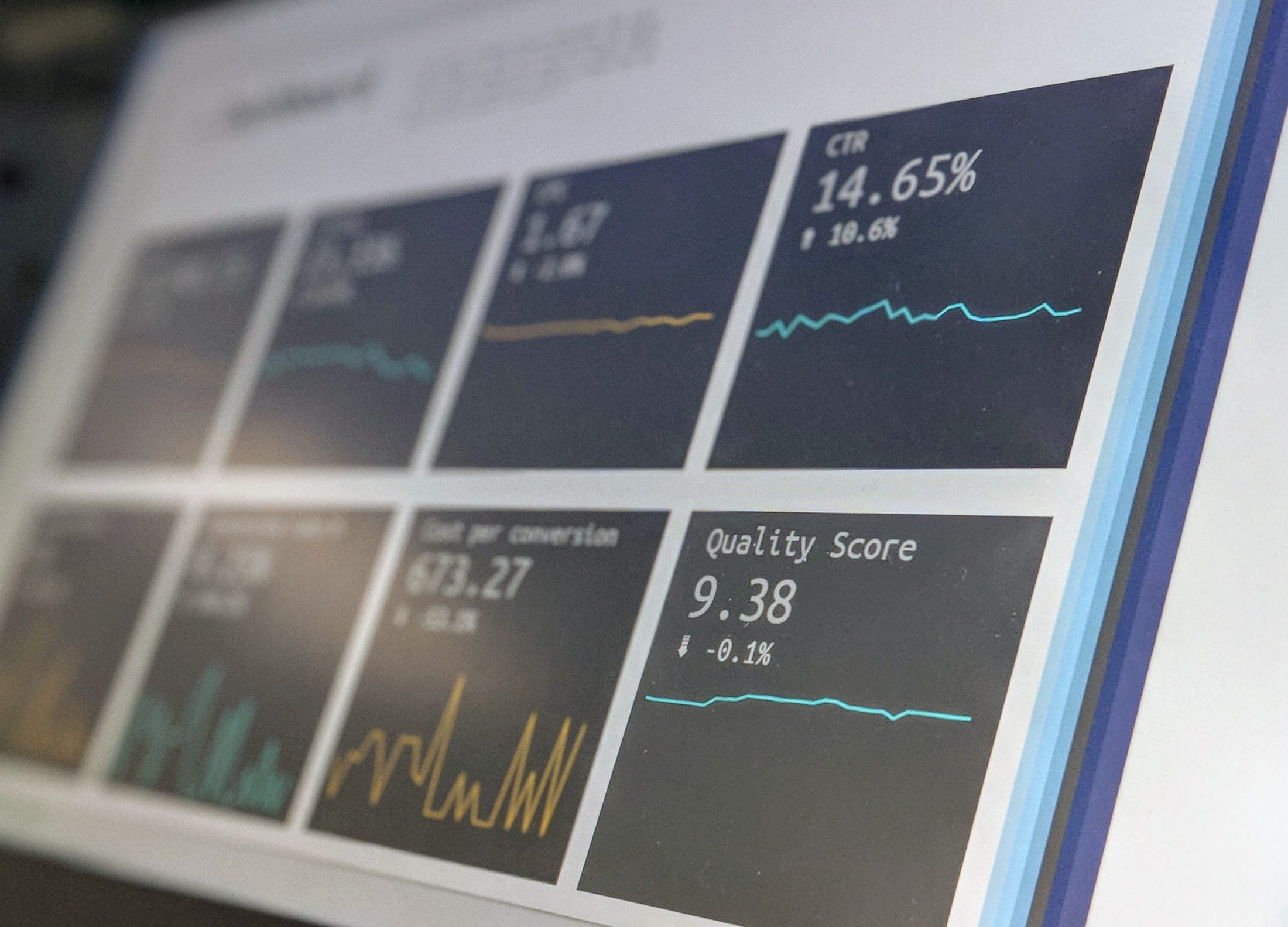In today’s high tech industry, there are several buzzwords one cannot seem to help but overhear / see several times a day. Cloud, big data, smart data, data science, analytics, predictive analytics (our present focus), etc. This grows even more abstract as these buzzwords are put into combination.
Sometimes in meetings, I dare myself to say “What if we proposed a cloud-based, big data solution, leveraging our data science capabilities/machine learning algorithms, and their new data ingestion through the Internet of Things-to provide real-time, predictive analytics to the relevant stakeholders?” – it sounds good, doesn’t it?
The above statement, while conceptually defendable, can be likened to describing a basketball play as “What if we use a basketball court-based, high scoring solution–leveraging our advanced sports capabilities and new basketball moves to score real-time, basketball points?”
It’s better to be specific than vague, especially when speaking of concepts that are so generously discussed.
For the sake of today’s topic, I present the phrase “Predictive Analytics” in context (as I have come to understand it):

Context: There are 4 primary types of Analytics
- Descriptive Analytics (What does my data tell me has happened/is happening?)
Much like it sounds, descriptive analytics provide one with a description of one’s data, often within a specific period of time, or broken down by product/region/etc. This type of analytics is generally the easiest to accumulate, clean, and visualize. An example would be a visualization of sales revenue by products in a given month. - Diagnostic Analytics (Why does my data say that it happened/is happening?)
Diagnostic analytics combine several KPIs (Key Performance Indicators) for the sake of illuminating why a particular event occurred or is occurring. Why are our sales down? Without diagnostic analytics, an assumption may be made that sales are down because our sales teams are not performing, but a dashboard including diagnostic analytics would be able to inform us, for instance, that customers have not converted from our trial plan to “paying customers” because of the high number of incidents and latencies they are experiencing. - Predictive Analytics (What does my data tell me is likely to happen in the future?)
Predictive analytics combine KPIs to give us predictions of what may happen in the future. For example, based on a high number of incidents and latencies, leading to a reduction in usage from high-paying customers, one can predict the likelihood that those customers will churn. - Prescriptive Analytics (What do my data and my pre-defined rules tell me I should do next?)
Prescriptive analytics prescribe actions based on one’s data. To continue in the sales analogy, which customers should we proactively reach out to-based on their likelihood to churn? If we have hundreds, or even thousands, of customers who are highly likely to churn, which should we prioritize? Should we offer them a temporary pricing discount due to the latencies they have experienced? Prescriptive analytics allows for computational factors that a single person could never take into account, and certainly not at scale.

In conclusion
Analytics solutions for an organization or team should answer these four questions:
- What does my data tell me has happened/is happening?
- Why does my data say that it happened/is happening?
- What does my data tell me is likely to happen in the future?
- What do my data and my pre-defined rules tell me I should do next?
These questions form an ecosystem that depends on each other’s answers to continue to grow and add value. If one knows that customers are likely to churn, but doesn’t understand why or what to do about it, then one will not be able to properly take action to resolve the situation. This is negative both for the business and for the customers.
I’ll leave you with a question to ask yourself and your teams-what are the questions your business or organization is trying to answer with data? Are you answering those questions using descriptive, diagnostic, predictive, and prescriptive analytics? If so, how effectively? In today’s digital economy, these are questions we must prioritize if we are going to derive value from our data.
